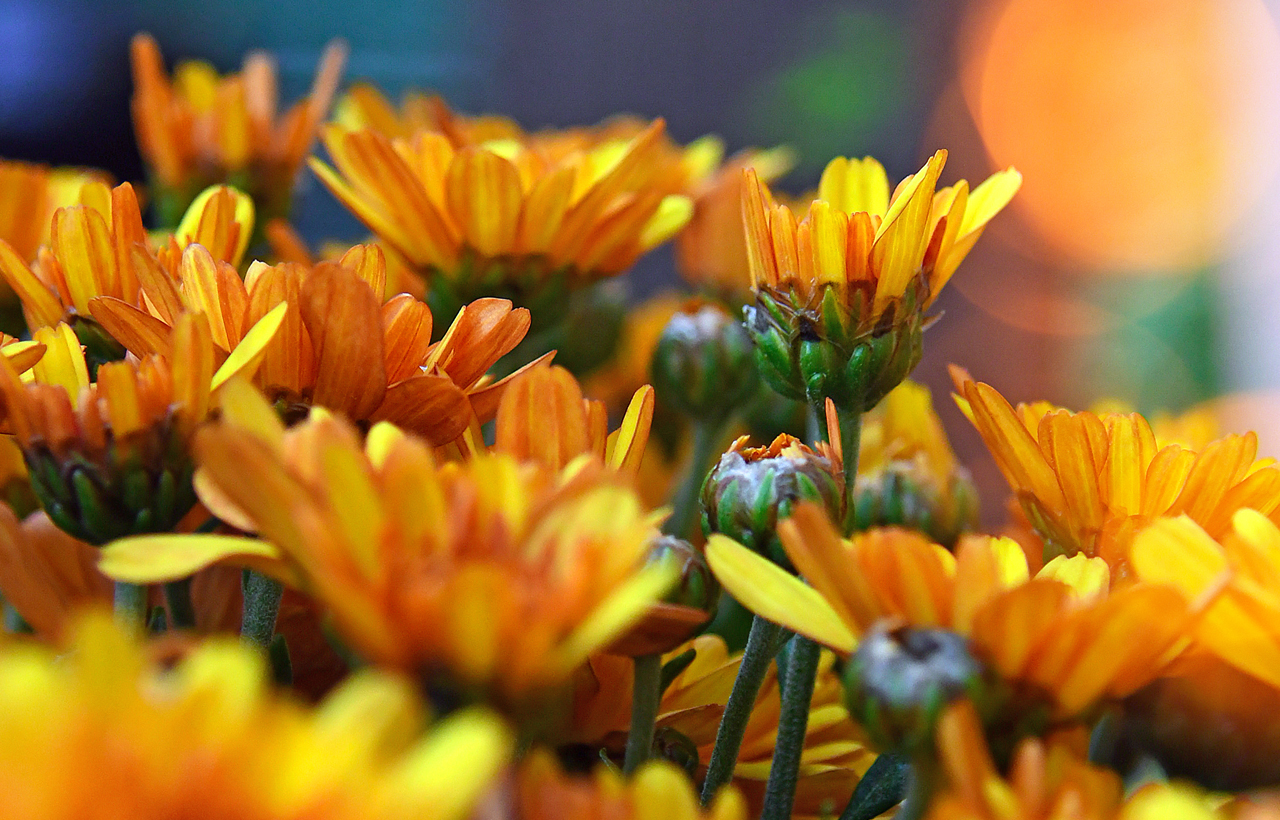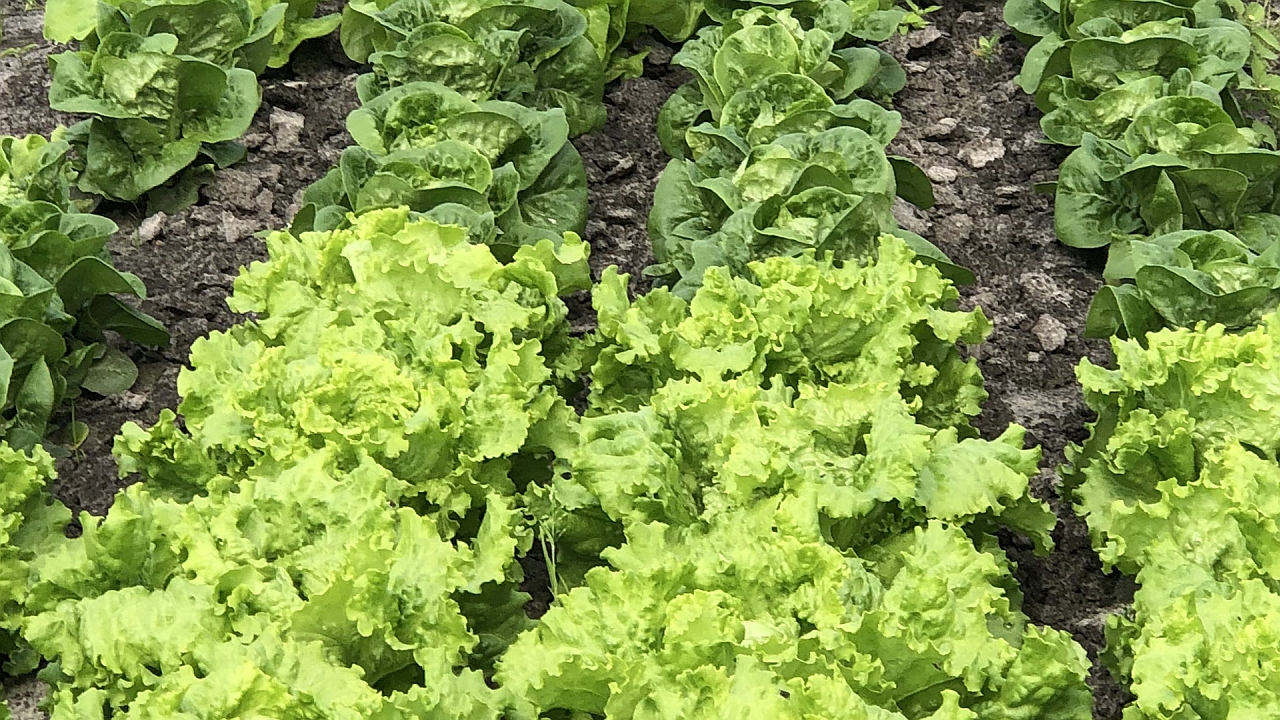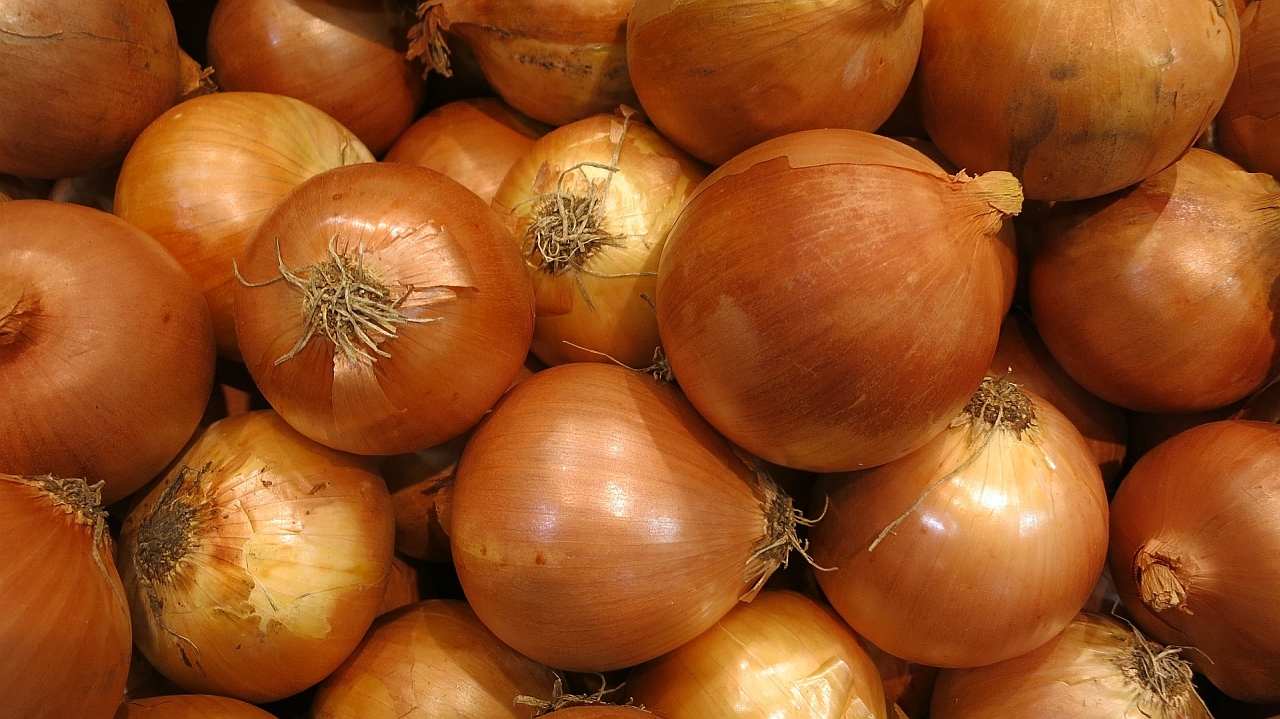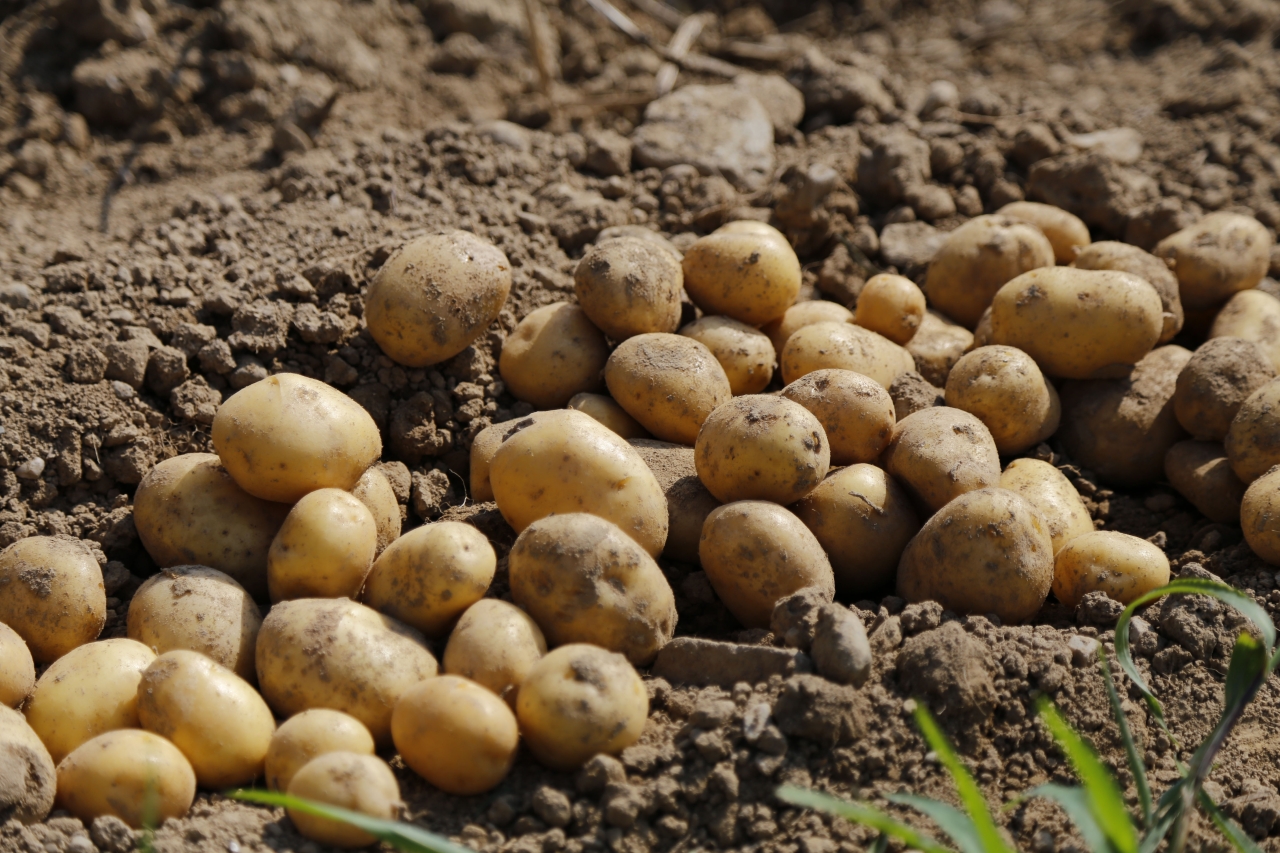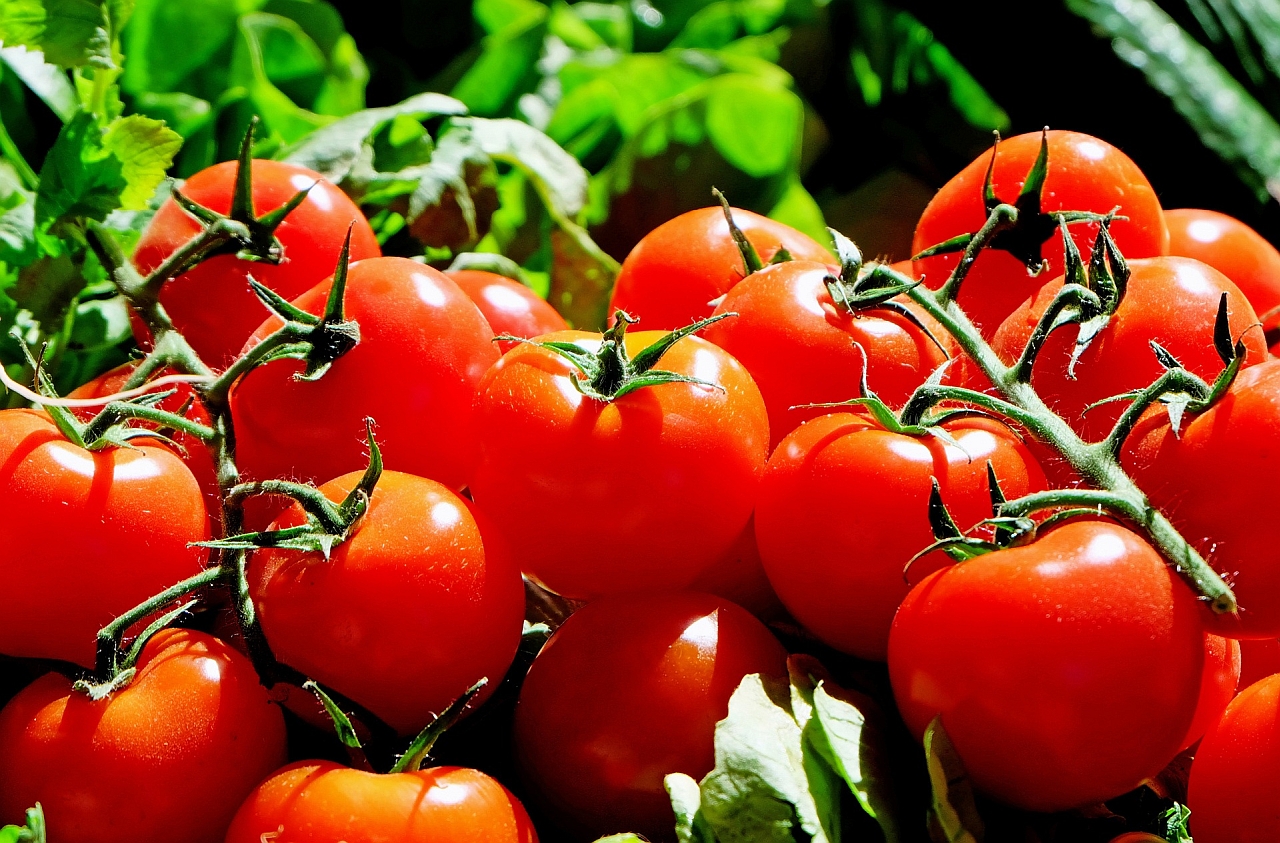Brassicas are members of the Brassicaceae or mustard family. Vegetables in this family include cabbage, kohlrabi, kale, broccoli, Brussels sprouts, and cauliflower.
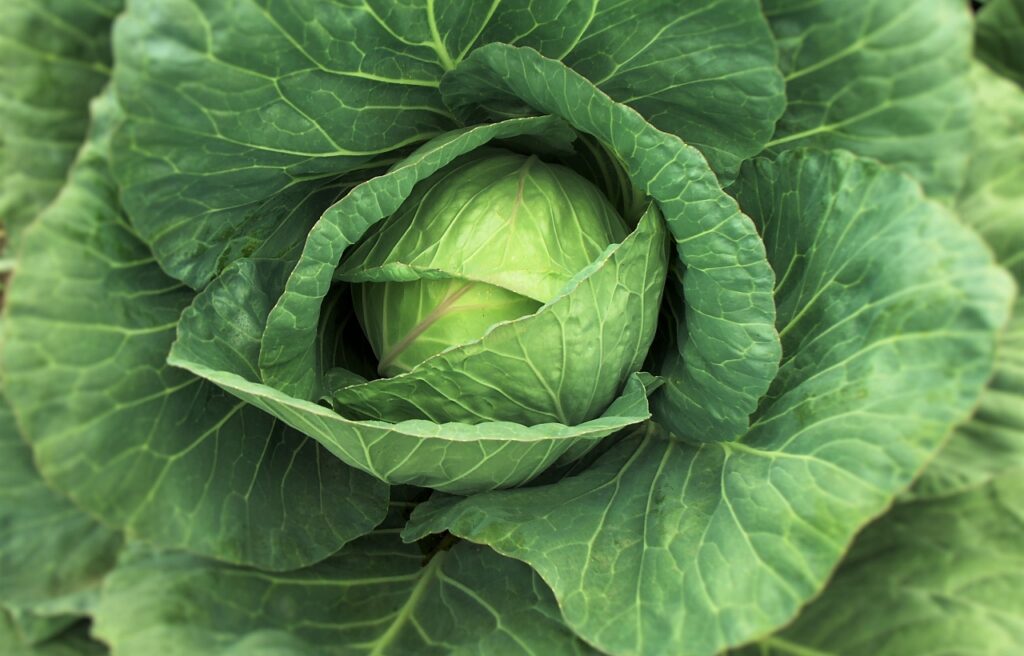
Dutch breeding history goes all the way back to the 17th century. Back then, various Brassica species were among the first crops to be bred because they grew very well in the soils of West Friesland, up in the north of the Netherlands.
Brassicas are known for their good nutritional value. They contain high concentrations of vitamins, minerals, and antioxidants. Brassica vegetables are therefore grown, beloved, and consumed around the world.
Worldwide cultivation of the various brassicas for the fresh market and processing industry requires different cultivars that thrive in strongly varying climate conditions. Important properties for breeding are uniformity, winter hardiness, quality of the head, yield, and disease resistance.
Warming climates present breeders with growing challenges. In cauliflower and broccoli, traits such as curd induction and heading are highly dependent on temperature. A brief warm spell can result in a delayed induction and, consequently, delayed harvest.
Quality is also affected. At high temperatures, the plants form curds or heads that are more open, less uniform, less durable, and therefore less suitable and attractive for consumption.
CropXR will focus on developing brassica cultivars that are optimally adapted to varying environmental conditions and that can be grown sustainably with acceptable yield and quality.



